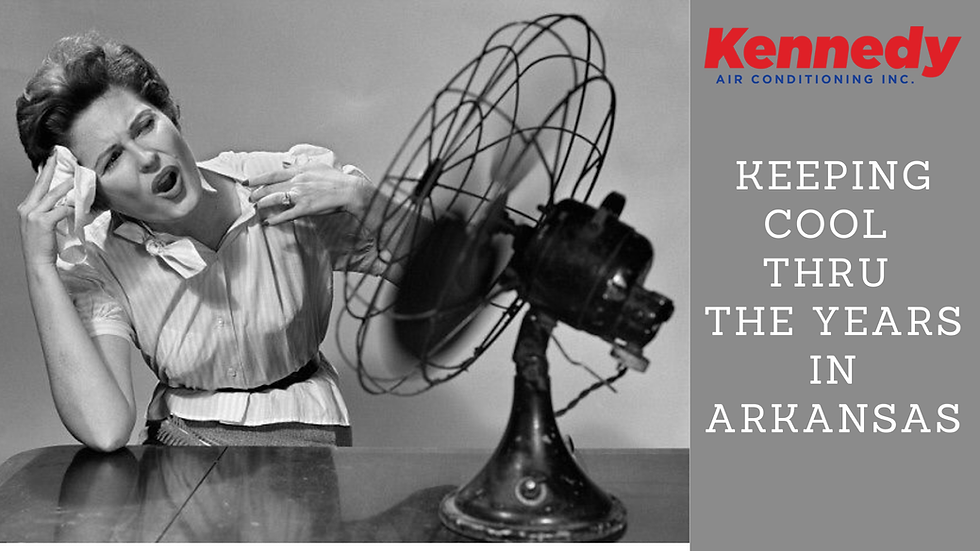Carbon Monoxide & Safety
- Kennedy Air Conditioning
- May 4, 2020
- 2 min read

Everyone should have carbon monoxide detectors and alarms in the home. Why?
Carbon monoxide (CO) is a colorless, odorless gas emitted from combustion in a motor, engine, wood-burning fire, and in many common household appliances. Generators, furnaces, gas stove ranges, gas heaters, dryer vents, space heaters, and fireplaces are some examples of common fixtures and appliances that emit carbon monoxide, either by combustion or exhaust. The burning of fossil fuels in these devices produces the gas, which can be deadly to humans if an excess amount is inhaled.
The US Center for Disease Control (CDC) warns that overexposure to carbon monoxide can cause sudden illness and even death. When too much CO in inhaled, the gas saturates the bloodstream, replacing the oxygen in red blood cells.
CO exposure is dangerous because it can be difficult to recognize symptoms of poisoning before it’s too late. The gas has no odor or visible particles and does not cause any irritation when first being inhaled. It’s also easy for symptoms of CO poisoning such as headache, dizziness, muscle weakness, nausea, chest pain, and confusion, to be misinterpreted as flu symptoms.
The severity of the effects of CO poisoning range depending on the amount of exposure over time. The more CO in the air where a person is breathing, the faster the effects such as headache, dizziness, nausea, and eventually unconsciousness, will occur. Sudden exposure to a large amount (12,800 parts per million or higher), as occurs with smoke inhalation, can cause unconsciousness and death within a few minutes.
Exposure becomes dangerous when CO levels are allowed to build up without ventilation. The buildup usually occurs in smaller and/or poorly ventilated spaces. Rooms that contain these appliances are places where CO can quickly build up to a dangerous level if not properly ventilated. Outer areas, such as the patio around a charcoal grill and garages with cars, must also be kept well ventilated to prevent the buildup of CO.
With that in mind, it’s easy to see why it’s important to have CO detectors in your home. If CO gas is being released into your home to dangerous levels, the detectors will activate to notify you and your family that it’s time to get to safety. It is recommended to install a CO detector near each sleeping area in the house. Just like smoke detectors, batteries will need to be changed at least twice per year. If you have a gas furnace, the CDC recommends having the furnace inspected once a year. Seasonal inspections will help prevent any mishaps.




Comments